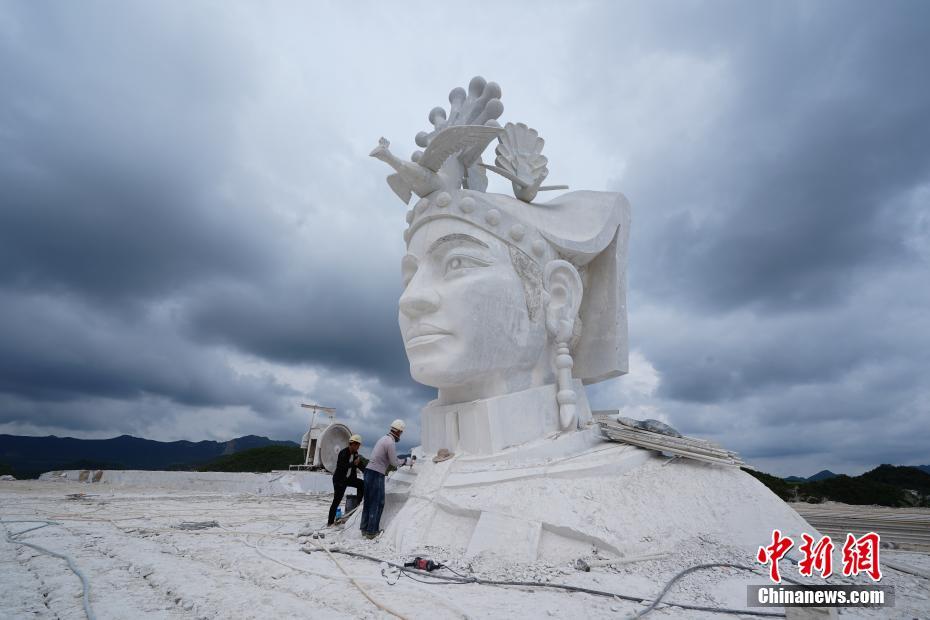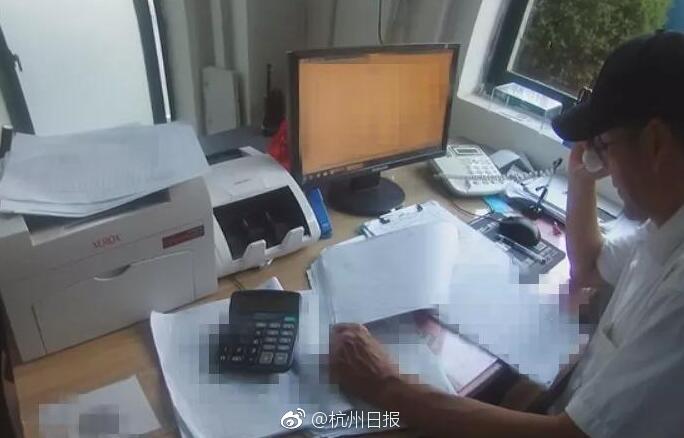|
Bitcoin Cash mining centralization has reached a level where just one pool is i wouldn't do anything for a klondike barcontrolling half of its hashrate, according to
Coin Dance 
. 
The crypto statistics service found that 
BTC.TOP mining pool
, a China-based private entity, took over as high as 50.2% of the entire Bitcoin Cash network at some point today. It contributed the hashrate of 679 Peta-Hash per second against other major competing pools including BTC.com (257 PH/s), ViaBTC (215 PH/s), AntPool (125 PH/s), and Bitcoin.com (187 PH/s).
SOURCE: COIN.DANCE
Bitcoin Cash and Centralization
The notable increase could have taken place due to variance but, at the same time, it threatens the Bitcoin Cash network with a potential 51% attack scenario. The Roger Ver-led blockchain project has been criticized before for failing a “stress test,” conducted at the behest of an anonymous developer(s) known as Bitpico. Evidence showed that
98% of all the Bitcoin Cash nodes were sitting on the same server rack
which exposed the coin to seizures and security threats.
In early 2018, Alex Simons, the identity division chief at Microsoft, found that increasing block size such as those done by the Bitcoin Cash team threatened decentralization more than second-layer scalability solutions like Lightning Network.
“While some blockchain communities have increased on-chain transaction capacity (e.g. block size increases), this approach generally degrades the decentralized state of the network and cannot reach the millions of transactions per second the system would generate at world-scale,” he had said.
What’s Next for Bitcoin Cash
The central aspect of any decentralized blockchain project is its ability to guard the system against central control. In a worst-case scenario, malicious mining entities could combine their hashrate output to form a stable coalition. It could make them prevent transactions from getting confirmed; it could allow them even to reverse the confirmed transactions or spend one valid token twice by creating a new chain or by altering old blocks.
Bitcoin Gold, for instance,
suffered a 51% attack
on its network in 2018 where attackers double-spent BTG tokens for several days. They eventually stole $18 million worth of Bitcoin Gold tokens, according to the BTG/USD exchange rate at the time of the attack. In August 2016, two Ethereum-based crypto projects, Krypton and Shift, also suffered 51% attack on their networks.
In some cases, mining pools which unintentionally crossed the 50% hashrate barrier voluntarily reduced their computing power with the purpose of redistributing it to other mining pools. GHash.io, for instance, had
exceeded 50% of the bitcoin’s computing power
in July 2014 but reduced it back to 40% after facing a community backlash.
Story continues
What BTC.TOP could do is what GHash.io had done in its time: let go of some of the computing power to reinject trust in the Bitcoin Cash network. If it doesn’t scale back, the digital currency could suffer hugely as investors’ sentiment wears off.
Featured image from Shutterstock.
The post
Bitcoin Cash: Single Mining Pool Controls 50% of Hashrate
appeared first on
CCN
.
View comments
|